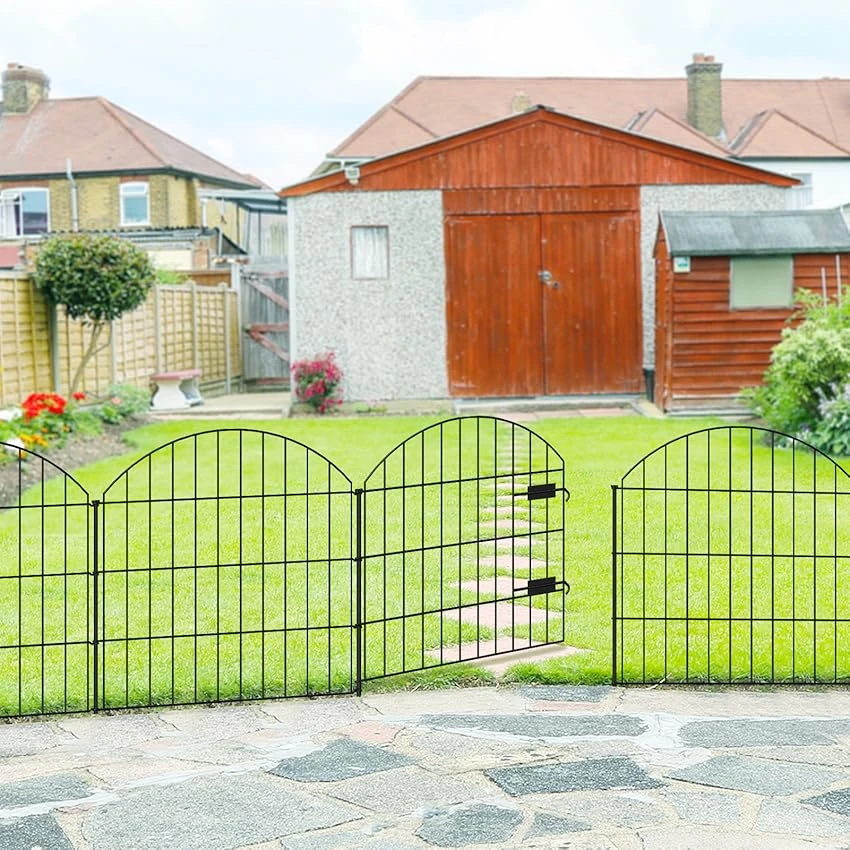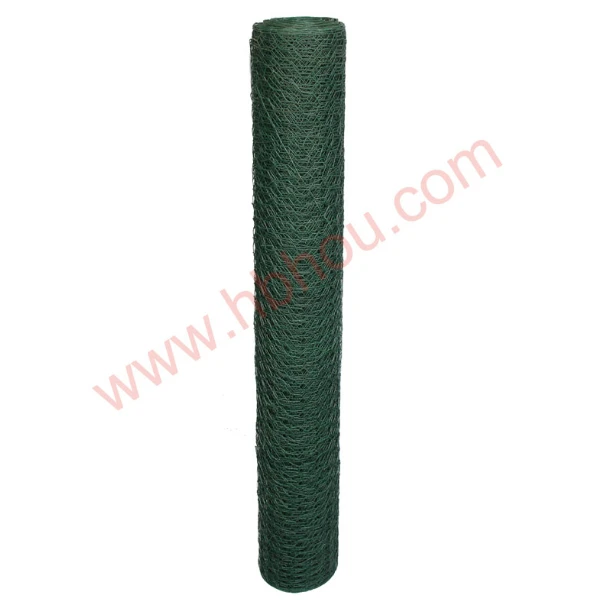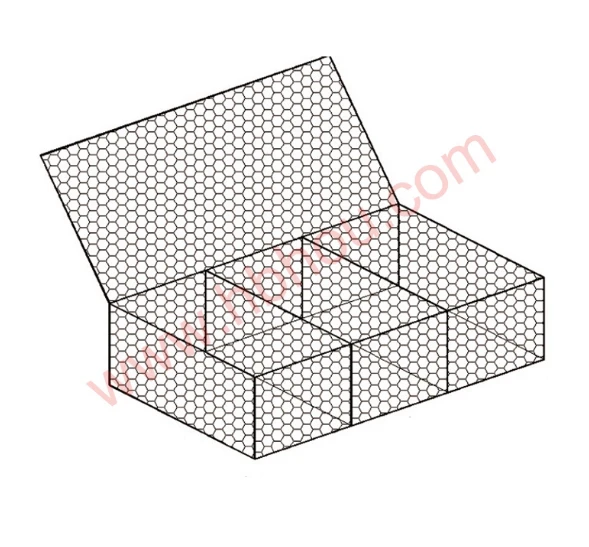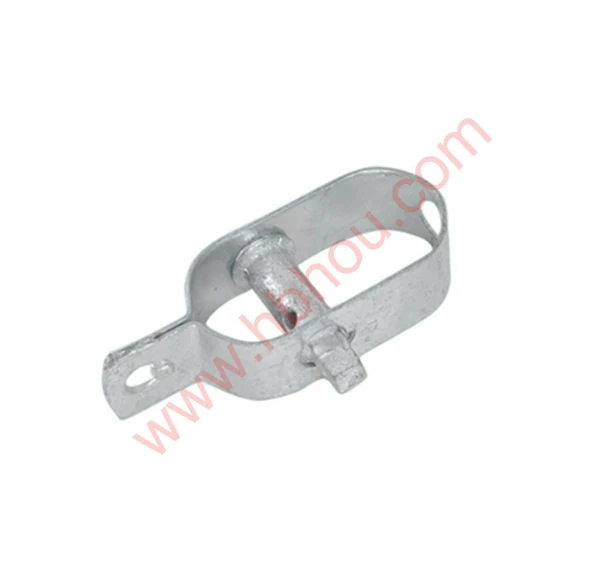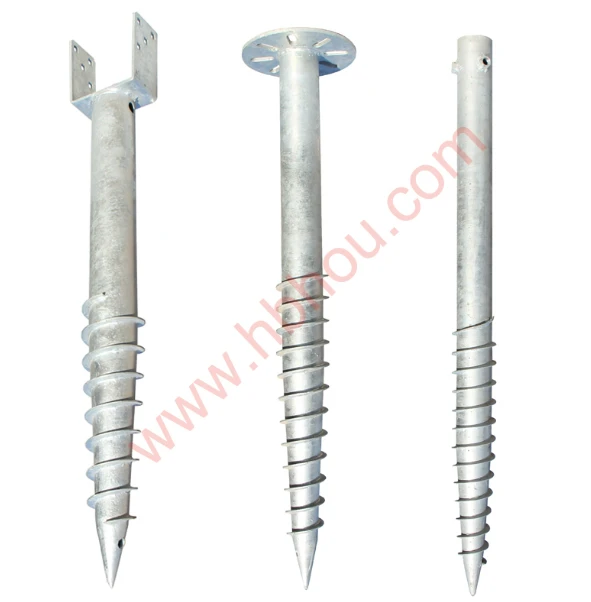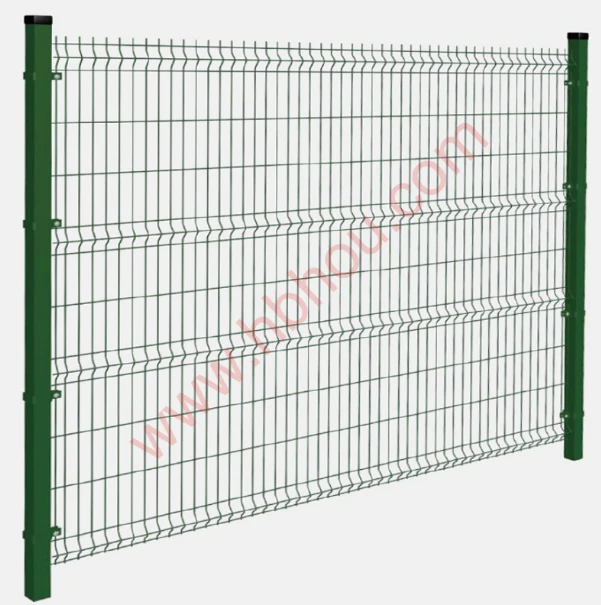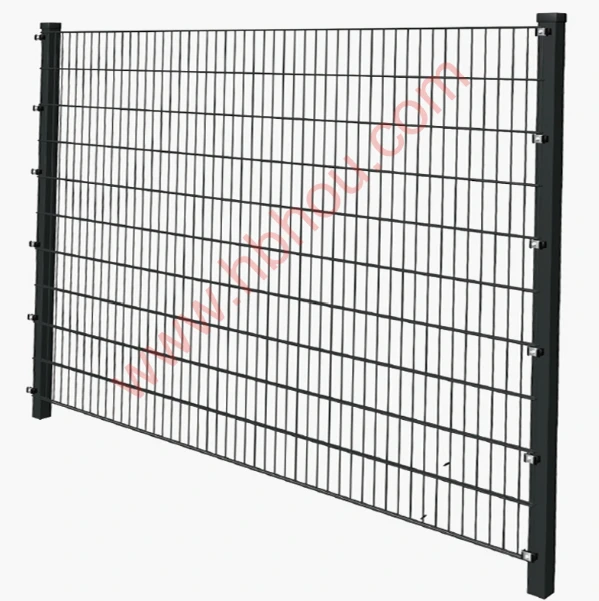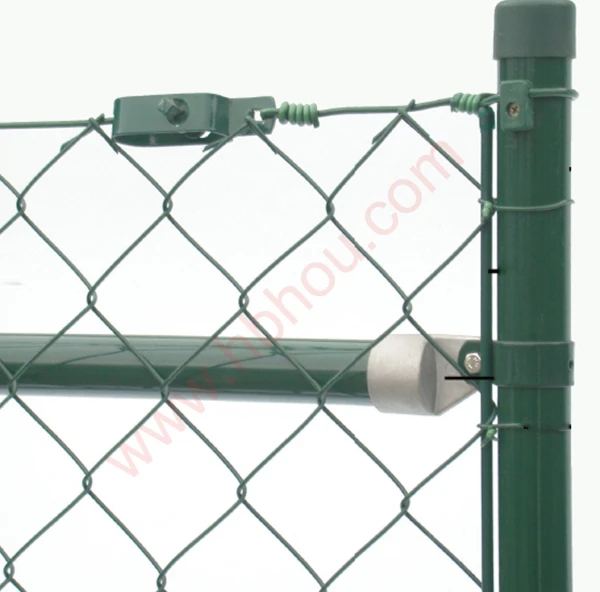Fencing in Your Garden A Guide to Choosing the Right Fence
When it comes to enhancing the aesthetic appeal and functionality of your garden, one often overlooked element is the fence. A well-designed fence can serve multiple purposes, including providing privacy, security, and structure to your outdoor space. In this article, we will explore various types of garden fences, their benefits, and key considerations to keep in mind when selecting the right one for your garden.
The Purpose of a Garden Fence
Before diving into the specifics of fencing materials and styles, it's essential to clarify the primary purpose of your fence. Are you looking to create an enclosed space for your children or pets? Do you desire more privacy from your neighbors? Or perhaps you want to delineate your garden's boundaries while enhancing its visual appeal? Understanding the purpose will help narrow down your options and guide your decisions.
Types of Fencing Materials
1. Wood Fencing Wood is a popular choice for garden fencing due to its natural beauty and versatility. It can be painted or stained in a variety of colors to match your home and garden aesthetic. Common wood types include cedar, pine, and redwood. Wooden fences can be constructed in a variety of styles, from picket to panels, offering both traditional and contemporary designs.
2. Vinyl Fencing For those seeking durability and low maintenance, vinyl fencing is an excellent option. It does not require painting or staining and is resistant to rot and decay. Available in numerous colors and styles, vinyl can mimic the appearance of wood while providing a longer lifespan.
3. Metal Fencing Metal fences, such as wrought iron and aluminum, provide a sleek and modern look. They are durable and can be designed to offer visibility while still maintaining security. Metal fences are ideal for gardens that benefit from elegance and sophistication without obstructing the view.
4. Chain Link Fencing If security is your primary concern, chain link fencing is a practical and cost-effective choice. Though it may not offer the aesthetic appeal of wood or vinyl, it is effective for keeping pets contained and ensuring that intruders stay out.
fence in garden
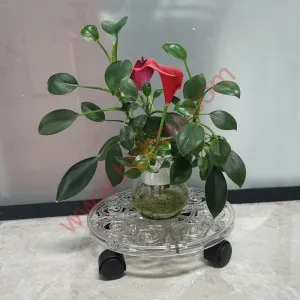
5. Natural Barriers Living fences made of shrubs or hedges can offer a unique and eco-friendly option. These barriers can enhance privacy while providing habitat for local wildlife. However, they require maintenance and take time to grow to their full size.
Factors to Consider
When choosing a fence for your garden, consider the following factors
- Local Regulations Check with your local zoning laws and homeowners’ association rules regarding fencing height, style, and materials. Some areas have restrictions that must be adhered to.
- Budget Establish a budget before you start shopping for fencing materials. Wood may be less expensive initially, but consider the long-term costs of maintenance compared to more durable options like vinyl or metal.
- Garden Design Your fence should complement your garden's design. Consider the color, material, and height in relation to your landscaping and home.
- Installation Some fencing types may require professional installation, while others can be a DIY project. Assess your skill level before making a choice.
Conclusion
A garden fence is more than just a boundary; it is an essential feature that can enhance the privacy, security, and overall aesthetic of your outdoor space. By considering the materials, purpose, and design, you can select a fence that meets your needs and complements your garden beautifully. Whether you choose the warmth of wood, the longevity of vinyl, or the elegance of metal, a well-constructed fence will undoubtedly elevate your gardening experience.









